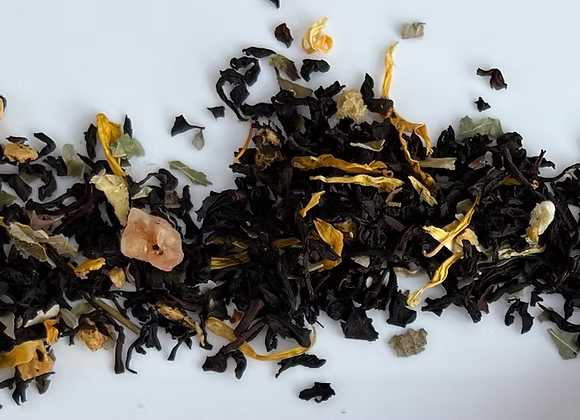Tea is... the most popular beverage in the world after water.
Tea is a simple preparation of pouring hot water over cured leaves of the Camellia Sinensis plant. The first recording of tea described it as a medicinal beverage in China in the 3rd century AD. Merchants helped its popularity to spread quickly across continents. In the early 19th century, Great Britain popularized the concept of afternoon tea, a break from one’s routine in which tea is served alongside sandwiches and baked goods such as scones.
The flavor of tea varies by where the tea leaves are harvested and how they are grown and processed. Black tea is the most popular worldwide, followed by green, oolong, and white tea. Herbal teas are not made from the Camellia plant but from dried herbs, spices, flowers, fruit, seeds, roots, or leaves of other plants; they do not typically contain caffeine as do traditional teas.
The quality of tea can vary greatly depending on factors such as the tea leaves' origin, processing techniques, and storage conditions. Authentic high-quality teas are typically more expensive but offer a rewarding tea-drinking experience for enthusiasts.
(source: https://www.hsph.harvard.edu/nutritionsource/food-features/tea/)
Did you know, famous Oxford, MD ancestor, Robert Morris, financed the first ship from the newly formed America to travel to China for a cargo of tea.



0 comments